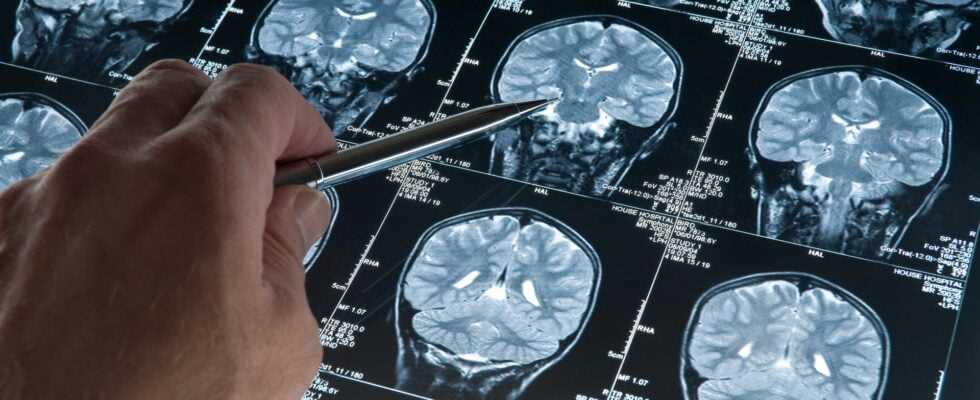Cough, shortness of breath and inflamed airways – nothing positive can be said about asthma. Or maybe yes? There is one point where those affected have an advantage over other people: they are less likely to develop certain brain tumors. This connection has been known for 15 years. But so far it has been a mystery why that is so. A research group led by David Gutmann from the University School of Medicine in St. Louis, USA, has now discovered the secret with the help of mice: It is due to certain cells of the immune system, the T cells, that become active in asthma.
Bad for the lungs, but good for brain tumors
Gutmann is an expert in neurofibromatosis. In the genetic disease, numerous (benign) tumors grow on the skin and on nerve fibers. Some of those affected develop growths on the optic nerve – so-called optic gliomas. As part of his medical practice, Gutmann observed that these gliomas do not occur in children with neurofibromatosis and asthma. He and his team had also found that T cells play an important role in the development of tumors. They therefore wondered whether the immune cells could possibly be responsible for the lack of gliomas in asthma.
In the current study, they bred neurofibromatosis mice that develop tumors on the optic nerve from the age of three months due to a genetic defect. They turned some of the mice into asthmatics with the help of allergens. And indeed: no optic gliomas developed in these rodents. The team found that their T cells were increasing their secretion of a protein called decorin. It attacks the respiratory tract in asthma sufferers and causes inflammation in the lungs. For the brain, however, decorin seems to be a blessing: the protein interacts with the microglia, the immune cells of the nervous system, and prevents them from secreting a growth factor that promotes tumor formation. If Gutmann and his colleagues injected decorin into the other genetically modified mice, they too remained tumor-free. The researchers hope that at some point they will be able to reprogram human T cells so that they can be used as a therapy for gliomas. They also want to study the effect on other types of brain tumors.
